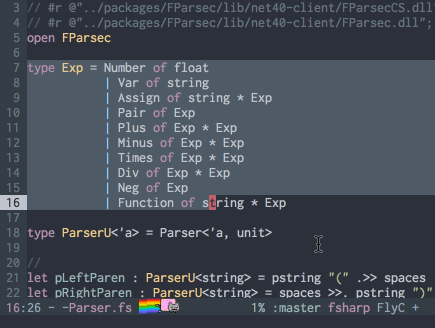

We’re not product or manufacturing experts, so why box in our supply chain with our preconceived notions. We’ve made it a priority to adopt a ‘solution agnostic’ approach to P-DfMA at ISG. Recognising the challenge and scrutiny that we bring to this process is a key factor of our P-DfMA service to customers.

This balance must be carefully weighed as we all look towards the 2050 Net Zero target. Increasingly complex blends of materials may fulfil performance requirements, but ultimately create significant issues for end-of-life recovery and reuse. As P-DfMA evolves, main contractors will have a hugely influential role to play driving positive behaviours relating to materials and circularity principles – our lifecycle engagement with buildings from concept, to construction and deconstruction affords us that unique insight. The genesis of the P-DfMA concept operates around repeatable and consistent quality achieved through factory manufacture and the reduction of waste, inefficiency and unsafe practices via swift on-site assembly. We must also remember that P-DfMA methodology is intrinsically linked to digitalisation and data-driven decision making, and requires contractors and supply chain partners to look at training and upskilling existing in-house talent, as well as developing a strategy to seek out and attract future recruits, many of whom may come from advanced manufacturing and technology backgrounds. The P-DfMA service we provide to customers uses this inherent skillset to bring together the brightest and best supply chain partners to collaborate in a ‘manufacture first’ mindset. Bringing together teams and breaking down silos to nurture collaboration in the pursuit of innovation and efficiency is central to all high-performing contractors – so P-DfMA as a service seems an eminently natural fit for Tier 1s. The expertise main contractors bring to every project is that big picture realisation of client vision translated into built reality, managing programme, budgets and risk, and increasingly providing influential guidance and action on operational, sustainability and social value considerations. From the outset, our focus will be on the reduction of embodied carbon, maximising social value and a shift towards whole life costs and operational efficiency. But in the rush to get with the plan, really understanding what this acronym means for our own organisations, and where we all fit within the new P-DfMA universe is critically important to efficient implementation.Ī fundamental question we should pose at this juncture is what P-DfMA means to us? Is it a product or a service? Coming from a Tier 1 contractor perspective, I’m firmly in the ‘service’ camp here, and we see our role very much as the integrator, robustly interrogating the customer’s requirements in a collaborative forum of expert partners, including consultants, manufacturers and assembly teams. As one of the most prominent MMC methodologies, a platform design approach to manufacture and assembly (P-DfMA) is fast becoming a ubiquitous construction term. Just the briefest scan of The Construction Playbook shows that the government sees modern methods of construction (MMC) as a central plank in its strategy to create better outcomes from its annual £37 billion investment in construction.


 0 kommentar(er)
0 kommentar(er)
